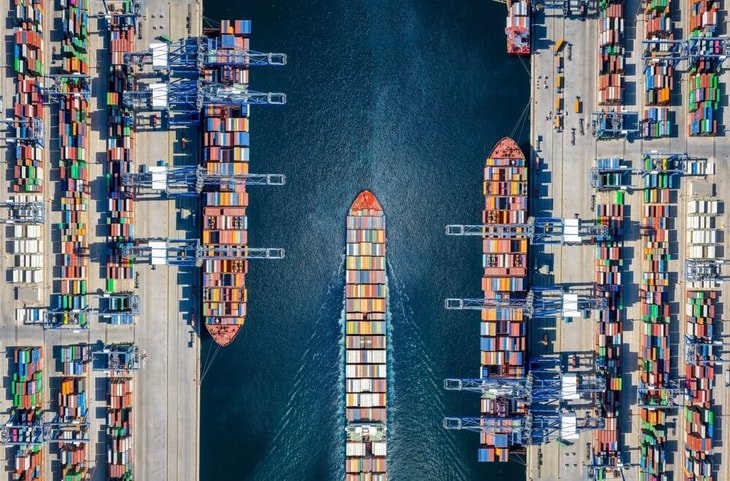On-board carbon capture could be the most cost-effective way to decarbonise shipping and major ports should do more to receive and store carbon dioxide (CO2), according to DNV.
Unveiling the eighth edition of its Maritime Forecast to 2050, DNV highlighted the attributes of on-board carbon capture but acknowledged infrastructure needs building, and ship technology must be further developed and evaluated against costs of carbon-neutral fuels.
Estimated demand for carbon storage from shipping in 2030 is 4-to-76 MtCO2, while the 10 largest announced projects for dedicated CO2 storage have a planned capacity of 7.5-20 MtCO2/year.
... to continue reading you must be subscribed







